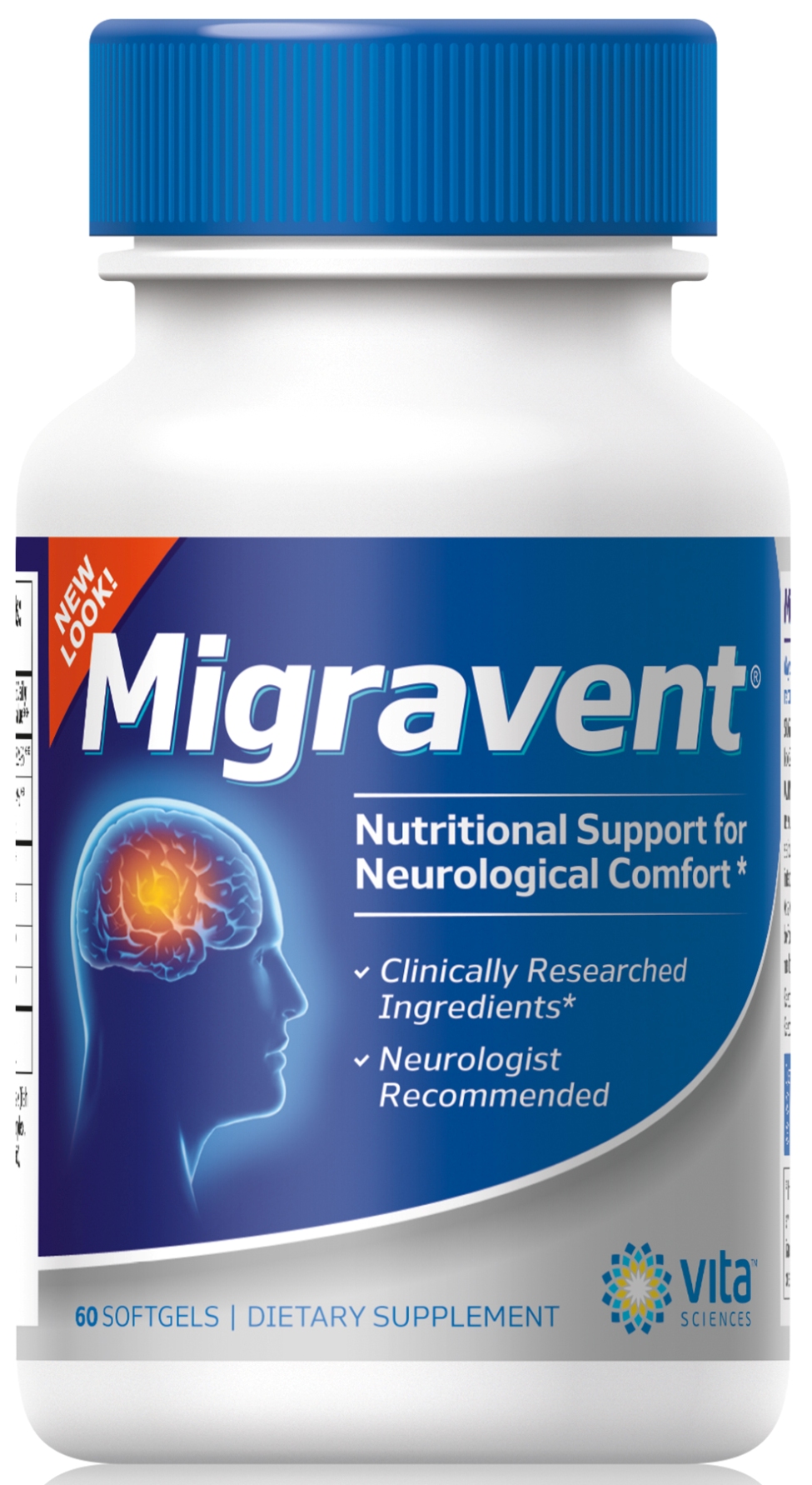Do you know for certain if your headache is a migraine, or one of other types of chronic headache? If none of the medications you’ve tried to get rid of headaches have worked, then perhaps you’re going about it the wrong way. Here are some tips to help you determine if your headache is a migraine.
What’s your headache behavior?
Different headache types behave different ways. By keeping track of migraine headache patterns in a headache diary, for instance, you will be better able to tell if your headaches are symptoms of migraines, cluster headaches, or sinus headaches.
Where do your headaches live?
This may seem obvious- the head, of course. But certain headaches occur in specific locations on the skull, while others may be more erratic. Do your headaches always strike one side of the head? Do they stay in place, or do they crawl towards the middle of your face? These are all important clues in helping your doctor determine if your headache is a migraine.
How long do your headaches last?
Migraine headaches can last for hours or days, and be resistant to medication, while sinus headaches may respond well to treatment and be relatively short-lived. Other types of headaches, cluster headaches for example, may strike quickly and disappear just as rapidly, and recur throughout the day. Knowing how long head pain lasts on a regular basis is instrumental in telling if your headache is a migraine headache.
Migraine headaches
Migraine headaches are a neurological disorder, often set off by triggers in food, weather, scents, or our own behavior, like eating or sleeping habits. Migraine headaches characteristically strike one side of the head only, but variations may sometimes occur.
Most likely, your headache is a migraine if it also includes nausea, vomiting, fatigue, eye sensitivity, and neck stiffness. Chronic migraines occur more than 14 times per month, and require a day of recuperation afterwards.
Some migraines occur after an aura phase, which includes vertigo, visual distortions, and stroke-like symptoms like temporary paralysis and loss of speech abilities; these are likewise called “migraines with aura.”
Cluster headaches
Cluster headaches are rare, but excruciatingly painful. They occur in sets, or “clusters,” that may happen repeatedly for weeks or months, or just a few weeks out of a year. Each headache is brief and severe, coming and going quickly like a lightning strike. Usually, one side of the head is affected. Unlike migraines, which often occur after a warning sign (aura or prodrome phase), cluster headaches attack out of the blue.
Sinus headaches
Sinus headaches sometimes trigger migraines, but only if you are already diagnosed as a patient of migraine trigger. For others, a sinus headache is not a migraine- even if it occurs chronically and causes intense head pain. Sinus headache symptoms are crushing pressure and pain in the sinus areas- cheeks, temples, nose, forehead, and sometimes, between the eyes. Other symptoms of sinus congestion besides headache may include runny nose, coughing, phlegm, earaches, and fever.
Please tell us…
Do you have any questions or suggestions? Please leave your comments below.
Share with your friends!
If you found this article helpful, then please share with your friends, family, and coworkers by email, Facebook, or Google+.
Like this? Read more:
Migraine Aura and Prodrome- What’s the Difference?
Migraine Pop Quiz: How Well do you Understand your Headaches?
Migraines and Meniere’s disease: a Match made in Hades
Source:
29.5 Million Americans Suffer from Migraines, but is Your Headache Really A Migraine?
Images courtesy of FreeDigitalPhotos.net



